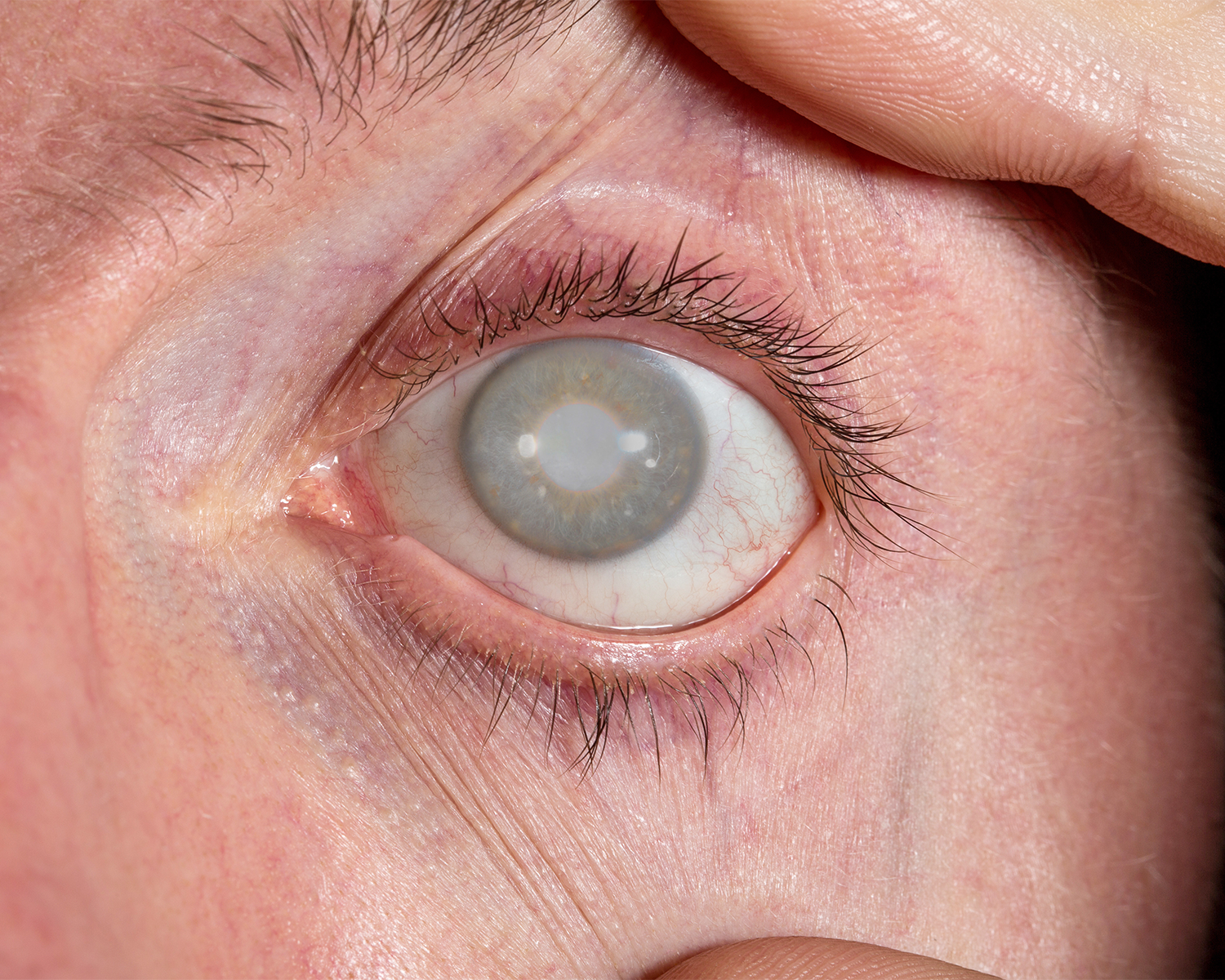
What Is Glaucoma?
Glaucoma is a group of eye conditions that damage the optic nerve, which is vital for good vision. This damage is often caused by an abnormally high pressure in your eye. Known as the ‘silent thief of sight’, glaucoma usually damages your vision so slowly that you do not notice the gradual loss until the disease is in its late state. Glaucoma is the leading cause of irreversible blindness. The number of people with this condition in Asia is estimated to increase to 59 million in 2020, and 80 million in 2040. In Singapore, approximately 3% of people over the age of 50 have glaucoma. This percentage increases with age and almost 10% of those over the age of 70 have glaucoma and half of these patients have closed-angle glaucoma. Glaucoma is not curable, but blindness is preventable if it is diagnosed and treated early enough. While there are usually no warning signs, regular eye tests will detect the onset of the disease. If left untreated, glaucoma will eventually cause blindness. Even with treatment, about 15 percent of people with glaucoma become blind in at least one eye within 20 years. In Singapore, glaucoma accounts for 40% of blindness. Therefore, eye screening and early diagnosis is of paramount importance. Glaucoma-Photo-Patient-Eye-Closeup. Best Glaucoma surgery in nagpur.
Types of Glaucoma
- Chronic Glaucoma
- results from gradually increasing eye pressure which slowly causes irreversible damage to the eye. This condition usually shows no early symptoms and thus often goes undetected without regular eye checks. Left untreated, chronic glaucoma can cause partial or total vision loss.
- Acute Glaucoma
- occurs when the outflow of aqueous fluid from the eye is disrupted abruptly, leading to a sudden and rapid increase in eye pressure. This is termed as Acute Primary Angle-Closure (APAC). Acute glaucoma is regarded as a medical emergency because optic nerve damage and consequent loss of vision can occur extremely rapidly (within hours or days). Look out for symptoms such as one-sided headache, nausea and vomiting, haloes, eye pain, and blurring of vision. If you are experiencing such symptoms, consult a doctor immediately. If such a situation occurs after usual clinic hours, we recommend going to A&E – do not wait until the next day.
- Normal Tension Glaucoma
- also known as low tension or normal pressure glaucoma, is a form of open angle glaucoma in which damage occurs to the optic nerve without eye pressure exceeding the normal range. In general, a “normal” pressure range is between 10 to 21 mm Hg. Currently, this condition is still not fully understood. However, evidence has shown that lowering intraocular pressure can help to slow its progression.
- Secondary Glaucoma :
- refers to any form of glaucoma in which there is an identifiable cause of increased eye pressure, resulting in optic nerve damage and vision loss. As with primary glaucoma, secondary glaucoma can be open-angled or closed-angled and it can occur in one or both eyes. It may be caused by previous eye injury, inflammation (which can be related to autoimmune diseases), certain drugs such as steroids, diabetes mellitus and hypermature cataracts.
- Childhood Glaucoma
- is a rare condition that can start developing in infancy, childhood, or adolescence. It may cause enlargement of the infant’s eyes, corneal haze, tearing and unusual light sensitivity.


